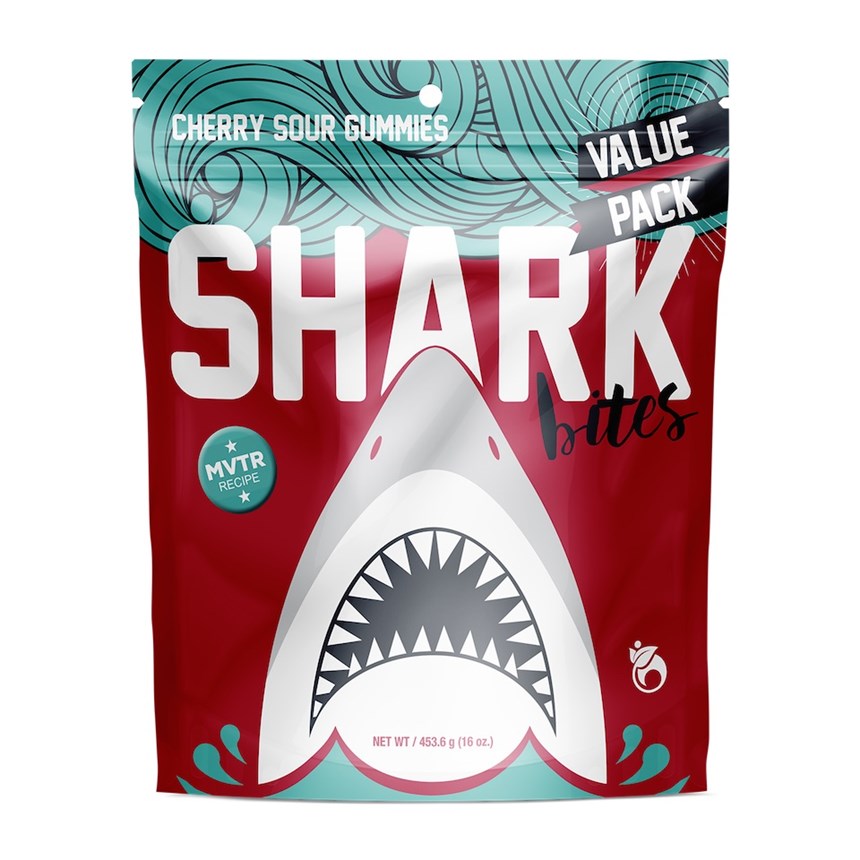Highlights from Global Plastics Summit 2017
Sustainability, resin supply/demand and pricing among highlights for the fifth GPS event.
In attending the recent Global Plastics Summit (GPS 2017), hosted by IHS Markit and Plastics Industry Association, I could see that in its fifth year, this event continues to garner industry interest, with over 350 attendees representing over 20 countries.
With the industry still feeling reverberations from the unusual and devastating season of hurricanes, particularly Hurricane Harvey, several presentations from IHS Markit analysts and others discussed the impact on resin availability and pricing. Forecasts on PE, PP, PET and commodity engineering resins were major highlights as in past GPS Summit events. Here are some key takeaways:
● PE: IHS Markit’s Nick Vafiadis, v.p., global polyolefins and plastics, addressed the market impact of new global PE capacity but also the impact of Hurricane Harvey. On the short-term pricing front, he expected that the 7¢/lb increases on the table would go through, for a total of 10¢/lb increase since late August. However, he did not expect PE prices to go that much higher as that will lead to cheaper imported finished goods. He projected PE prices will see a trough in 2019, but one that will be relatively shallow.
Meanwhile, despite PE production delays—both on new plants and restarts, Vafiadis expected that capacity will outstrip demand in 2017-2018. A very interesting comment concerned metallocene PE in film and packaging for which Vafiadis sees unprecedented growth and a future where mPE becomes a commodity.
● PP: IHS Markit’s Joel Morales, senior director, polyolefins America, addressed PP starting with the absorption of new Chinese PP capacity and its impact on global markets. He also credited the domestic industry, noting that by Sept. 10 (following Harvey impact), all but one PP unit was up and running. Overall he sees stronger demand for PP while new domestic capacity has not materialized. As a result, he projects a tighter market and higher prices. Morales expected that North America will be a net importer of PP until after 2020 when new capacity starts to become available.
His overall summary: Global PP supply-demand is expected to be tighter in the coming years resulting in high supplier margins. Global reinvestment will occur but not in the near term. China arbitrage with Americans and WEP (World Exchange Program) will set PP prices. Global tightness could lead to uncompetitive pricing versus alternative materials, and all eyes are on Asia PP demand.
● PET: IHS Markit’s Tison Keel, director PET, PTA & EO derivatives, discussed PET markets and key raw materials. He noted that PET fiber continues to be the largest end user and fastest growing, concentrated in Asia. Also, because PET “borrows” feedstocks from gasoline (e.g., parxylene) and other plastics, resin pricing is impacted accordingly. He added global PET capacity now exceeds demand by 25% and suppliers have been competitive in pricing.
Keel noted that North America is oversupplied as well, and still building. Demand growth will not consume the surplus anytime soon, and suppliers’ margins are squeezed thin. He noted that North American PET suppliers have responded as follows: consolidation from eight to four producers since 2011; back integration up the raw material value chain boosting profitability; and active pursuit of tariff protection.
In commodity engineering resins, IHS Markit’s Paul Blanchard, senior director, engineering plastics, addressed ABS, PC, and nylons 6 and 66.
● ABS: Global demand for ABS is now catching up with supply. He forecasts 4% annual growth globally. Moreover, he noted that the North American ABS market could not survive without the Asian imports, which account for about 25% of domestic consumption. He ventures that prices of ABS will be relatively moderate over the next two years.
● PC: Blanchard showed that globally, the largest consumption of PC is taking place in China, with several new entrants now bringing on new capacity. At the same time, the global growth rate for PC is no more than GDP as new capacity is expected to overcome demand. On the domestic pricing front, he expected that high plant operating rates through 2018 will support firm prices and supplier margins.
● Nylon 6: Blanchard noted that while nylon 6 fiber demand is slowing, demand of engineering grades is growing faster, particularly in China. He projected relatively flat domestic pricing for nylon 6.
● Nylon 66: Blanchard sees Northeast Asia becoming the largest consumer of nylon 66. On the domestic front, he projected fairly stable pricing, with supply/demand fairly balanced.
Meanwhile, I found it particularly promising that sustainability was front and center at the GPS 2017 with a couple of major resin suppliers and their upstream industry collaborators. Here’s just two key examples:
● DowDuPont: Keynote speaker Mark Saurin, commercial v.p., Packaging & Specialty Plastics, Materials Science Div., addressed the need to ensure a sustainable future for growth of plastics. He noted that due to global increased demand and abundant low-cost feedstocks in the U.S., the plastics industry is undergoing a manufacturing shift from East to West with an unprecedented wave of new investments in PE capacity of nearly 20 billion lbs , phased for ramp up from now until 2021. For value chains, these investments will bring new catalyst and process technologies, differentiated products and innovation to support the growing need of plastics for applications in food packaging, health and hygiene, automotive, supply chain and industrial uses, transmission pipe and even artificial turf. He projected 1.3 x GDP growth for PE (4.2% 2014-2020).
Said Saurin:
“Plastics had proven to be a reliable and sustainable choice for multiple types of high-performance applications and a future of growth seems certain for our industry. But there is an Achilles heel to this bright scenario—the rising amount of plastics waste that is polluting our ocean, environments, and communities. We must acknowledge that the world has a severe waste management issue, and plastics is the poster child for our trash problem with disturbing images of overflowing landfills, debris strewn beaches, rivers and seas. Every day, voices are getting louder and challenging the use of plastic packaging. Special interest groups are mobilizing. We must work together as an industry to drive end-of-life options for plastics that support a circular economy that will take plastics out of the waste stream and recycle for energy or another strategic purpose. This is just not a reputational issue…it is business critical. In order to preserve our ability to sustain a preference for plastics with consumers and the value chain, we must close the loop on the recyclability of plastics.
● Todd Becker, director of sales, PE business at Nova Chemicals Inc.; Kathy Bolhous, CEO of Charter NEX Films; and David Potter, v.p. of supply chain & product engineering of Plastic Packaging Tecnologies (PPT) discussed their collaboration across the value chain to design and market a recyclable stand-up pouch. Bolhous discussed the merits of flexible packaging in terms of sustainability. Becker showed the collaborative recyclable all-PE stand-up pouch, produced on a Totani KP-35C, All-PE, high-speed, automatic pouch making and packaging machine. PPT’s Potter noted that the company has the most Totani-type machines today and said they allow you to get the seals needed for stand-up pouches. PPT also noted this team has also develop a large, all-PE pet food bag which will soon see its commercial launch.
Other interesting presenters included:
● Jason Paladino, v.p. applications development at Berry Global discussed how consumers drive packaging innovations. He took a high-level look into the ways consumer preferences motivate industry actions in business, packaging, and even resin. “By anticipating consumer trends, we have a sneak peek into the future of our industry.” Paladino noted, for example, that “recyclability of packaging” has become a key interest to consumers.
● Mark Nikolich, CEO of Braskem America Inc. discussed “the revival of PP”. He noted that the billions of pounds of North American on-purpose propylene production underway is expected to lead to PP capacity growth starting in 2020. He described the macro-drivers that are bringing about a “PP renaissance”: U.S. PP relative competitiveness with other resins and conventional materials; Manufacturing reshoring—Nexant plastic industry survey—70% have already or are considering reshoring; CAFE standards for new vehicles and “light-weighting”; and, consumer spending increasing—PCE and goods consumption are outpacing GDP growth by 0.5-1.0% per year.
● Neil Jacobstein, chairman of Artificial Intelligence (AI) & Robotics Track, Singularity University, addressed the future of technology from AI to nanotechnology, highlighting what audiences can learn from innovation from the disruptive technology accelerating all around them.
He addressed how AI and robotics contribute to the plastics industry including: AI in plastics formulation, design, marketing, manufacturing, inventory management, pricing prediction, and streamlining of operations. Robots in picking, placing, and packing for a smart warehouse as well as semi-autonomous driving and shipping.
● IBM Research’s Jeannette Garcia addressed value from secondhand materials-plastics as resource for new chemistry. For example, their team has taken polycarbonate CD waste and accessed monomer with a catalyst that allowed them to produce a polysulfone. According to Garcia, their next set of challenges is designing catalysts that can break down polyolefins and materials such as foams and composites.
Related Content
Improving Twin-Screw Compounding of Reinforced Polyolefins
Compounders face a number of processing challenges when incorporating a high loading of low-bulk-density mineral filler into polyolefins. Here are some possible solutions.
Read MoreThe Fundamentals of Polyethylene – Part 2: Density and Molecular Weight
PE properties can be adjusted either by changing the molecular weight or by altering the density. While this increases the possible combinations of properties, it also requires that the specification for the material be precise.
Read MoreThe Fundamentals of Polyethylene – Part 1: The Basics
You would think we’d know all there is to know about a material that was commercialized 80 years ago. Not so for polyethylene. Let’s start by brushing up on the basics.
Read MoreCommodity Resin Prices Flat to Lower
Major price correction looms for PP, and lower prices are projected for PE, PS, PVC and PET.
Read MoreRead Next
See Recyclers Close the Loop on Trade Show Production Scrap at NPE2024
A collaboration between show organizer PLASTICS, recycler CPR and size reduction experts WEIMA and Conair recovered and recycled all production scrap at NPE2024.
Read MoreLead the Conversation, Change the Conversation
Coverage of single-use plastics can be both misleading and demoralizing. Here are 10 tips for changing the perception of the plastics industry at your company and in your community.
Read More






























